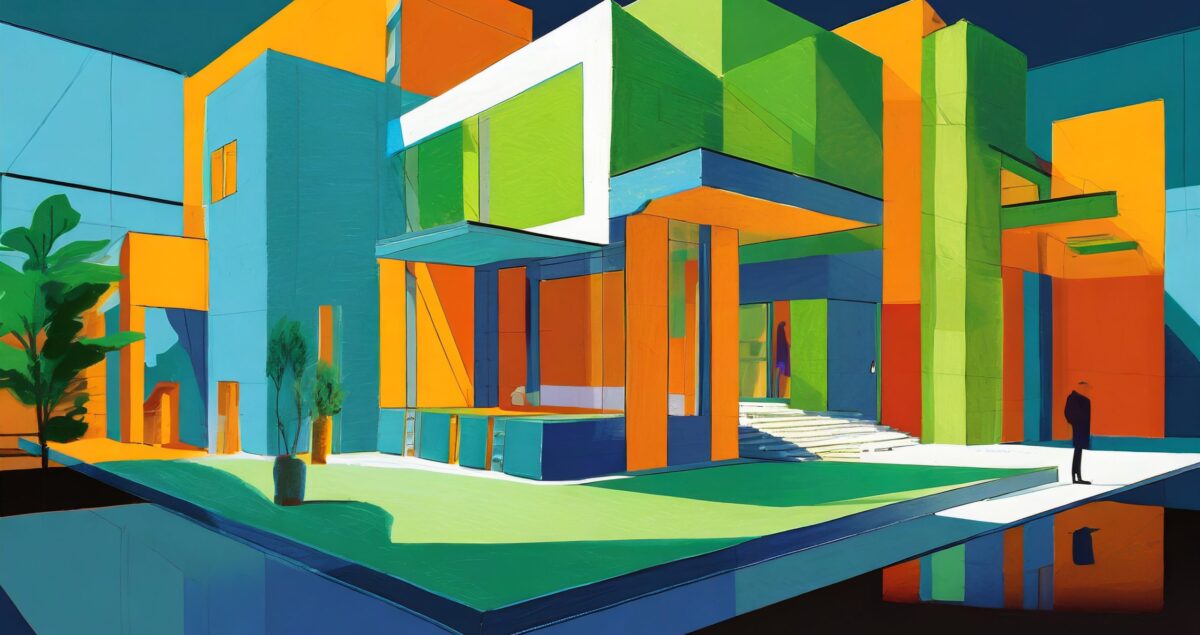Color wields tremendous influence in graphic design. The hues and tones chosen in a design elicit deeply ingrained psychological and emotional responses. Graphic designers leverage color theory and psychology to create visuals that convey desired moods and messages. Let’s examine some key ways color shapes perception, and how it is strategically used in architecture and business communications.
The Psychology of Color
Extensive research has decoded how colors affect us. Blue conjures feelings of trust, security, and peace. Green evokes nature, growth, and harmony. Red grabs attention and signifies passion, excitement, and intensity. Warm colors like yellow come across as cheerful and optimistic. Cooler tones like purple suggest creativity and mystery. Every color has its own character and implications.
Graphic designers carefully hand-pick palettes to produce certain reactions. Vibrant, saturated hues feel energetic and playful. Muted, dusty shades seem vintage and timeworn. Monochromatic palettes create cohesion. Compelling color stories set the tone and control the viewer’s psychological experience.
Color in Architecture
Architects think deeply about color in their structures. White and neutrals can feel clean and airy, while accent walls in bold colors introduce dynamism. Exterior paints make large visual impacts, like the iconic red of San Francisco’s Golden Gate Bridge. Interior design draws on color psychology to shape spaces. A hospital children’s wing might incorporate bright, uplifting colors to foster positive emotions during recovery.
Color for Business Branding
Branding relies heavily on color associations. Blue in Facebook’s logo implies stability. The vibrant red-on-yellow in many fast food chains sparks hunger and excitement. Finance companies often use green to signal growth and prosperity. Product packaging utilizes colors linked to attributes consumers desire – black for luxury, silver and white for purity.
Color powers visual communication, and graphic designers are masters of its application. With thoughtful color choices, they construct palettes that instill desired feelings and strategically convey the essence of a brand.




